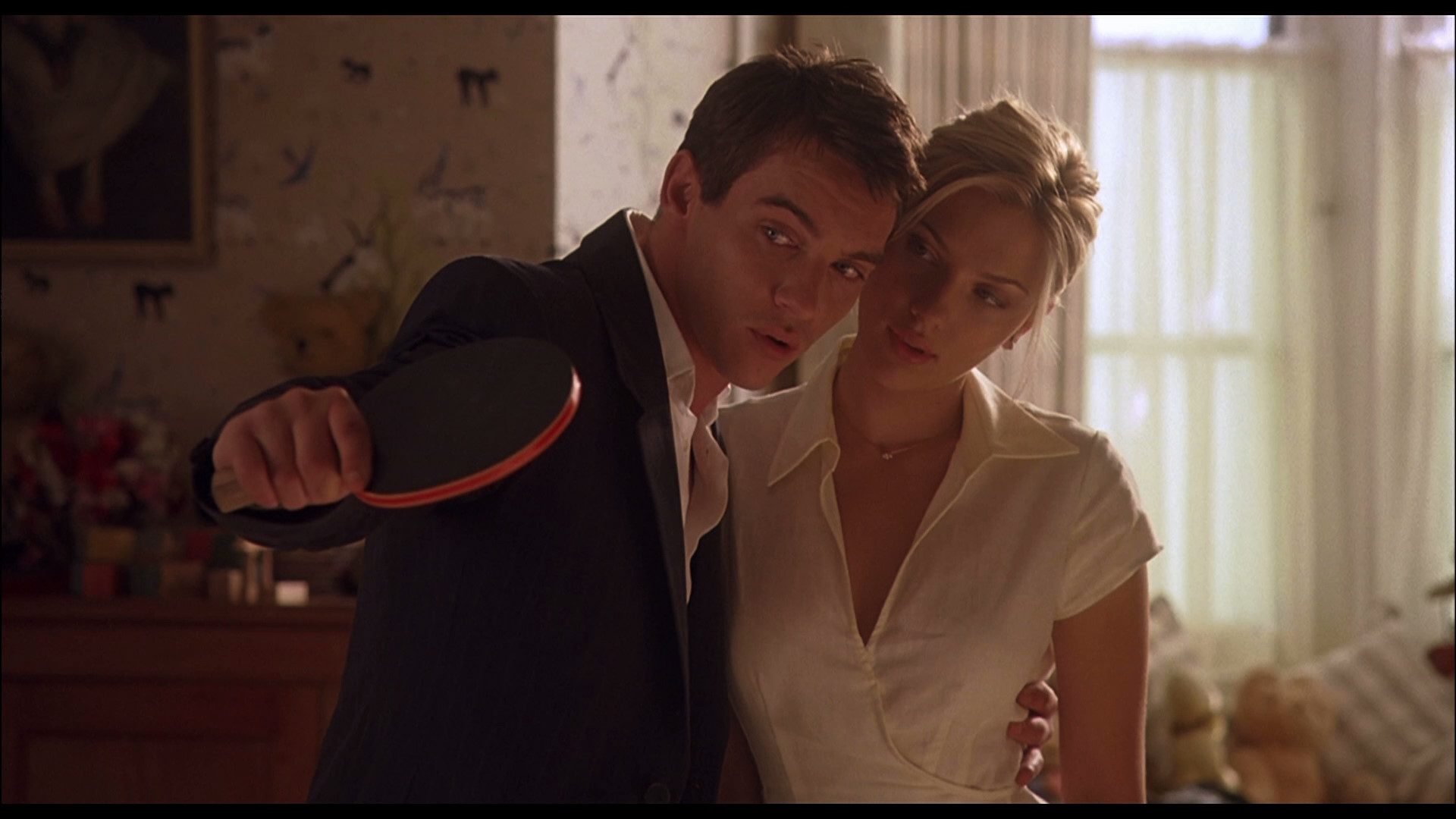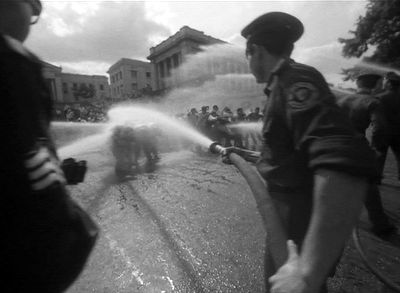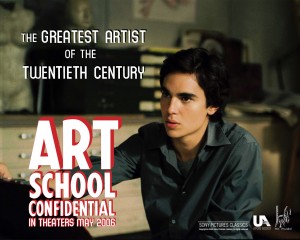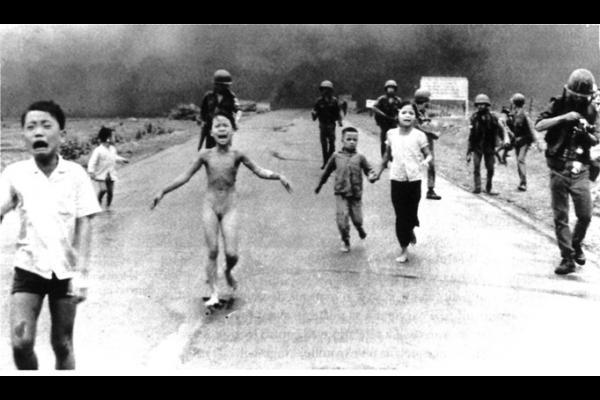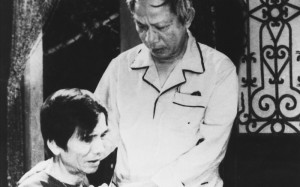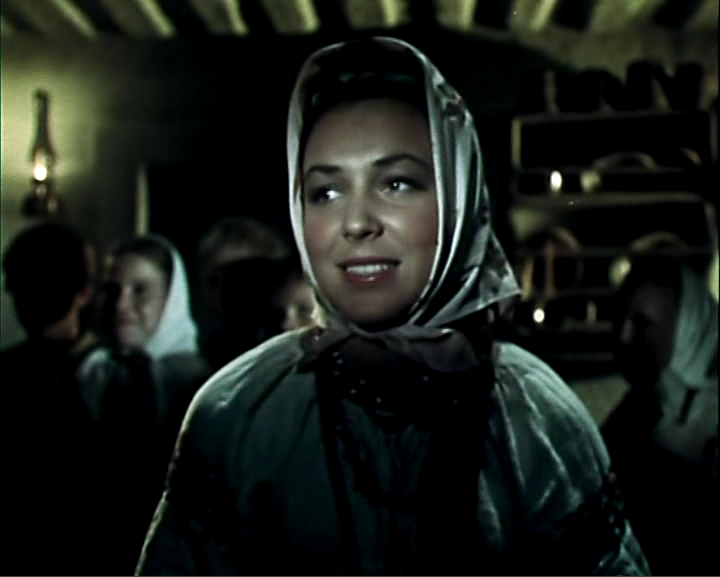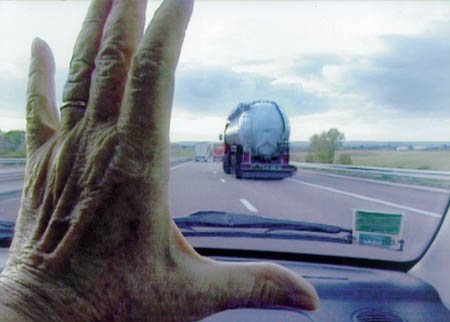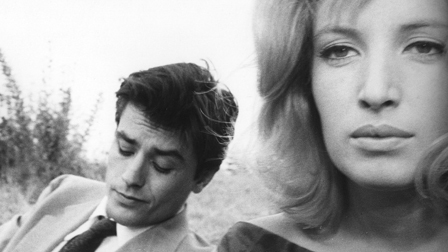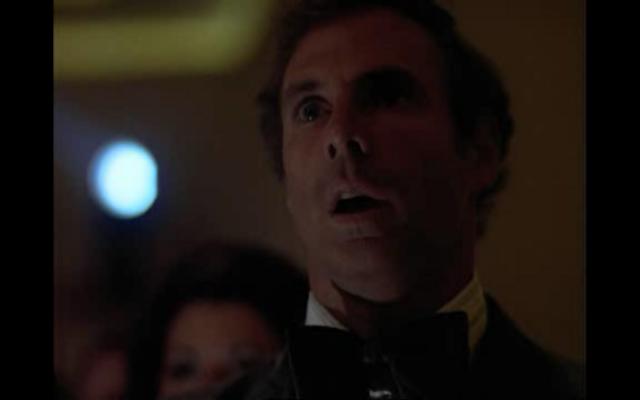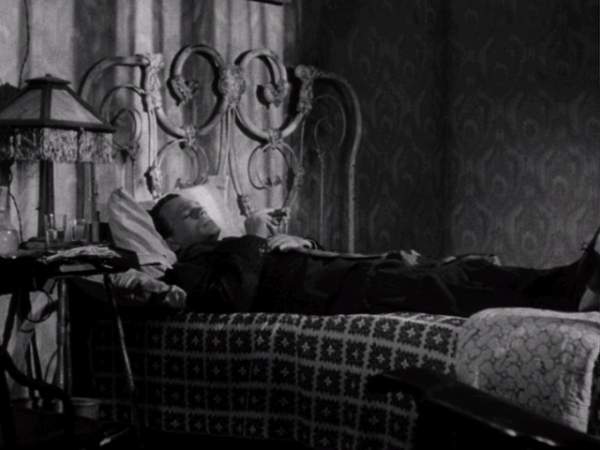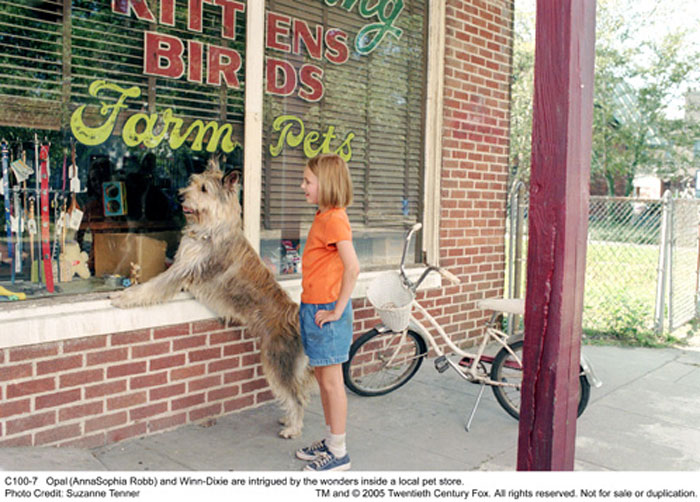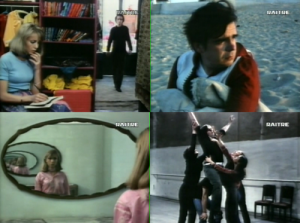From the January 13, 2006 Chicago Reader. — J.R.
Match Point
*** (A must see)
Directed and written by Woody Allen
With Jonathan Rhys Meyers, Scarlett Johansson, Emily Mortimer, Matthew Goode, Brian Cox, and Penelope Wilton
Movie gossip writer Peter Biskind described Woody Allen in the December 2005 Vanity Fair as “an artist without honor in his own country” (apparently Biskind’s ecstatic write-up in Vanity Fair doesn’t count). He went on to compare Allen’s fate to those of some of Allen’s heroes, including Ingmar Bergman, Akira Kurosawa, Orson Welles, and Charlie Chaplin (assuming Chaplin’s “own country” was the U.S.). He added that Allen, who’s released 35 features to date, has made at least ten masterpieces “that can hold their own against” any of the four he credited to Robert Altman or the three he assigned to Francois Truffaut.
Altman, Bergman, Chaplin, Kurosawa, Truffaut, and Welles have changed our view of the world and of movies. Allen, despite his output and great one-liners and excellent taste in cinematographers, hasn’t. “If I was the teacher, I’d give myself a B,” he modestly told Biskind. Given his indebtedness to Bergman and Federico Fellini, that B would have to be for effort and polish, not originality. Read more

